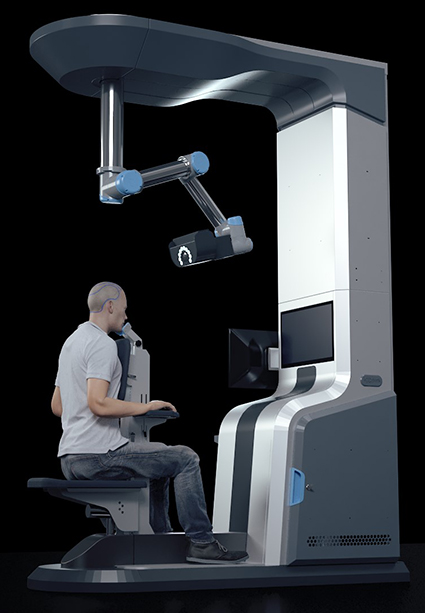No products in the cart.
February 29, 2024

The KE-Bot, the newest FUE innovation by Dr. Koray Erdogan, is an advanced robotic 360-degree circular scanning system that evaluates all aspects of hair transplantation through high-definition photography that provides 3-D scalp modeling and data collection from every angle. This includes the pre-surgical determination of each hair’s caliber and density in the donor area, and overall donor capacity thereby assisting the surgeon to obtain extremely accurate extraction site calculations with potential transaction rates. Additionally, the KE-Bot calculates Coverage Value (an important calculation also developed by Dr. Erdogan) affecting both the donor and recipient areas to ensure adequate homogenization and density without overharvesting while taking into consideration normal hair loss with aging.
Nov 3rd, 2020 by IEEE and Kebot. https://www.ke-bot.com/
https://ieeexplore.ieee.org/document/9247217
Robots and artificial intelligence technologies have become very important in health applications as in many other fields. The proposed system in this work aims to provide a detailed analysis of pre-op and post-op stages of FUE hair transplant procedures to enable surgeons to plan and assess the success of the operations. In order to achieve this target, a robotic and vision-based system imaging and AI-based analysis approach are developed. The proposed system performs analyses in three main stages: initialization, scanning, and analysis. At the initialization stage, 3D model of the patient’s head is generated first by locating a depth camera in various positions around the patient by the help of a collaborative robot. In the second stage, where high-resolution image capturing is performed in a loop with the usage of the 3D model, raw images are processed by a deep learning-based object detection algorithm where follicles in pre-op and extracted follicle positions (i.e. holes) and placed grafts in post-op is detected. At the last stage, the thickness of each hair is computed at the detected hair follicle positions using another deep learning-based segmentation approach. These data are combined to obtain objective evaluation criteria to generate patient reports. Experimental results show that the developed system can be used successfully in hair transplantation operations.

We opened our clinic in Aventura, FL to offer top quality hair restorations at competitive prices.
Follow us on :
Copyright © 2024 American Mane | Powered by American Mane